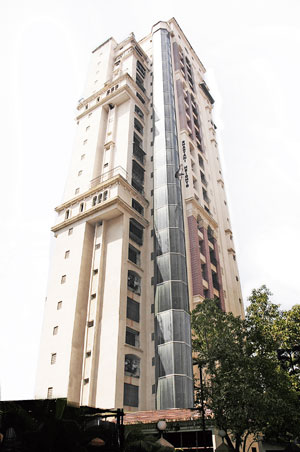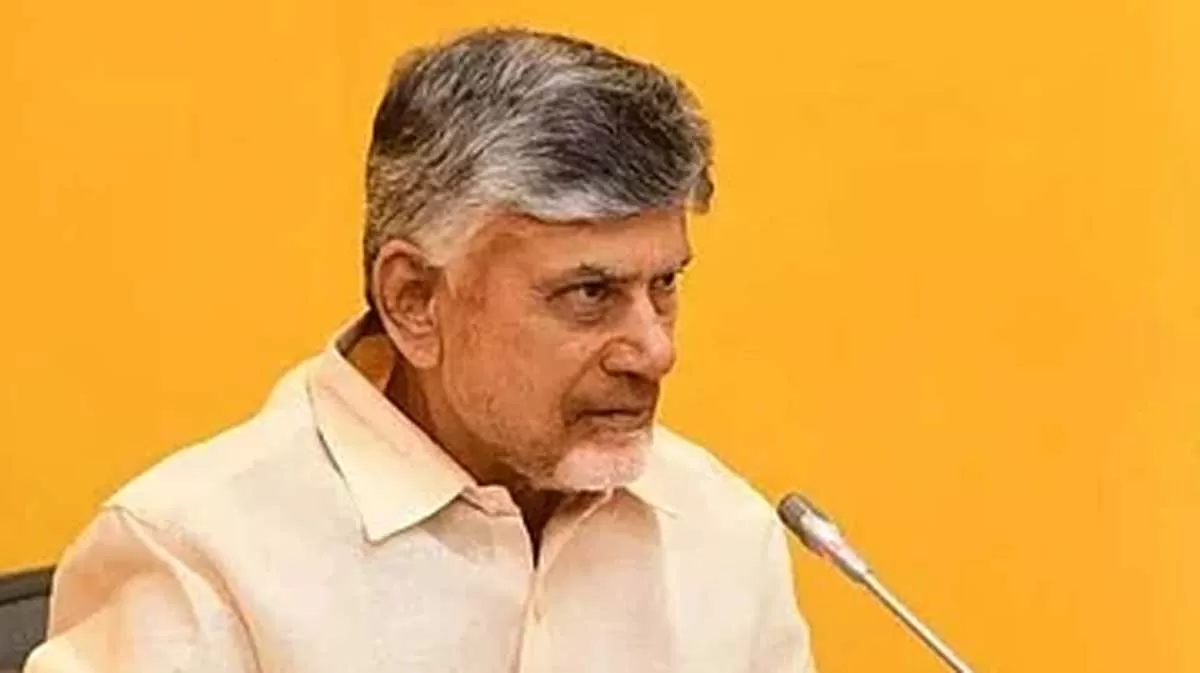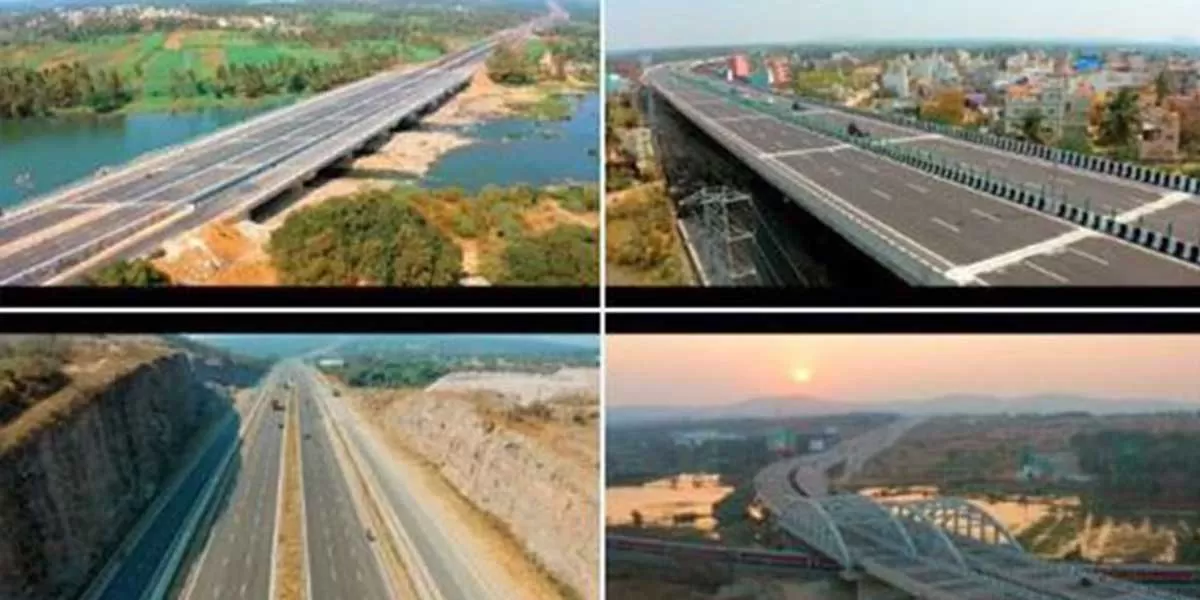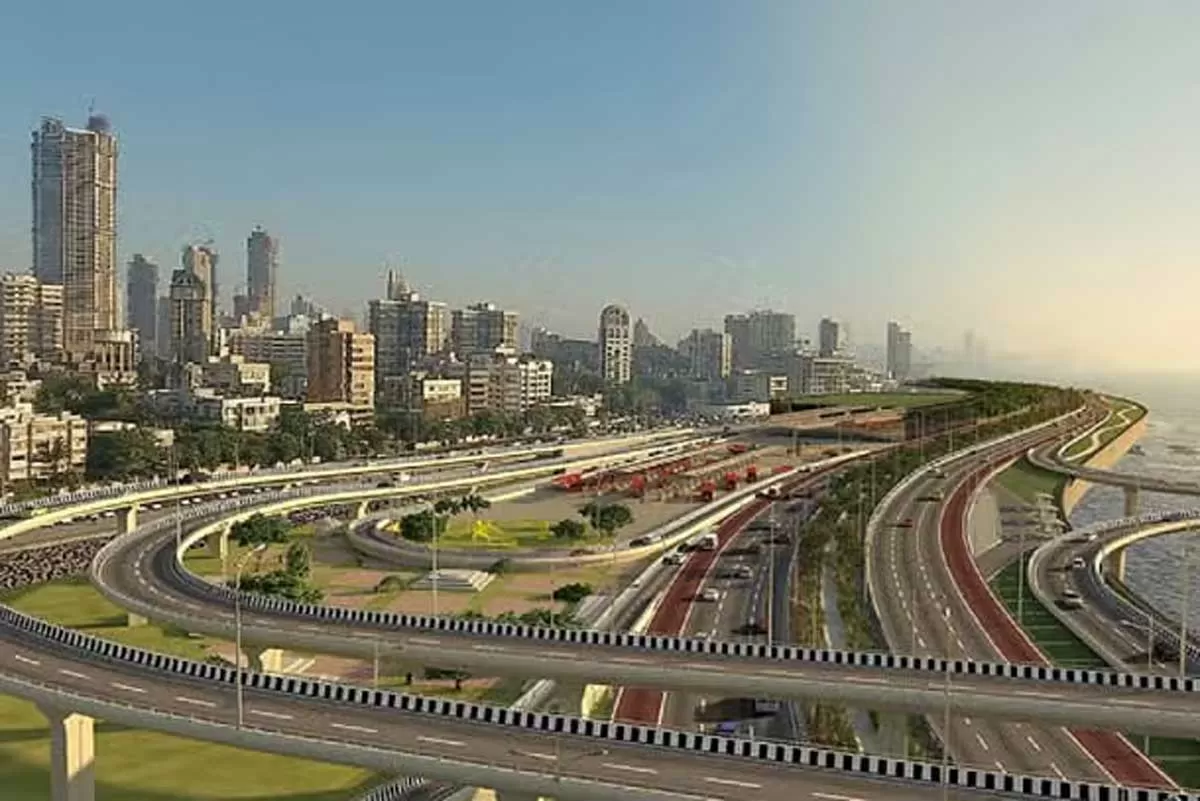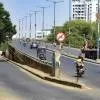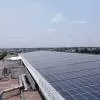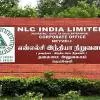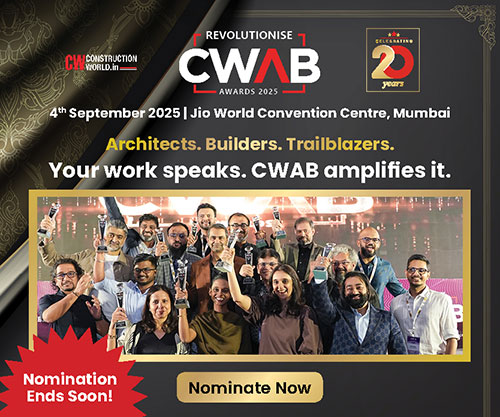Diipesh Bhagtani, Executive Director, Jaycee Homes
A name synonymous with luxury, landmarks and trust, Mumbai-based Jaycee Homes has been in the business for over 48 years and developed over 2 million sq ft. Diipesh Bhagtani, Executive Director, elaborates on the company's plans and prospects and current realty market in conversation with SHUBHANGI BIDWE.
Tell us about your firm's journey.
Founded in the year 1965 by my grand father Purshottam Bhagtani and under the dynamic leadership of my father Lakshman Bhagtani, the company has achieved many landmarks through 1980s to 1990s. We also forayed into the luxurious housing segment in the year 1997 when our company's product were purchased at 15 per cent higher than other developers. We were also amongst the first to provide swimming pool in a residential building along with capsule lifts and an air-conditioned lobby. In the year 2000, my brother Mukesh Bhagtani joined the company and since then there has been no looking back.
What is your vision for the company?
My father's vision was to make the company a profitable organisation along with being brand conscious. My brother Mukesh and I forayed into real estate in 2000, a time when the market was unorganised. There were no modern technologies and branding was unheard of. In 2004-2005, we started branding the company and adopted modern technologies. Also, our vision of spearheading our business along with real-estate bodies has been achieved with my father being joint treasurer of MCHI-CREDAI and me a committee member of MCHI - Credai Mira Virar City Unit and also national chief coordinator for the CREDAI youth wing. Our vision is to see Jaycee Homes as a top developer in the country.
How do you view the industry's growth over the years?
When the industry was unorganised, MCHI-CREDAI united builders. They were loaded with extra responsibilities that egged them to adopt unfair practices. It encouraged budding developers and improved the country's infrastructural facilities. Also, earlier, where a 15 or 20-storey building would qualify as a high-rise, today we have buildings towering over 100 stories. Developers have become more corporate, transparent and brand conscious.
What are your main strategies to attract buyers?
The change in DCR two years ago compelled us to revamp our strategies. To ensure growth, we attract our buyers through innovative marketing ideas and adopt schemes such as a 20:80 deferred payment scheme.
How did the change in DCR affect your projects?
With the introduction of the fungible FSI under the city DCR, the level of transparency has undoubtedly increased. However, with this regulation, we hoped our project prices would drop, which we eventually did by 20 per cent. But, BMC also charges a premium of 60 per cent of the land-related value on the fungible FSI, which they eventually increased the cost for a developer by 20 per cent.
Highlight the innovative products and techniques you use.
We use sustainable eco-friendly products such as water closets from TOTO, Grohe fittings for bathrooms, composite marbles, etc. We also use modern technologies such as MIVAN along with state-of-the art equipment.
How do you view the market in Tier-II and Tier-III cities?
Real estate is slowly emerging as a good investment option, registering a rise in the revenue generated. However, lack of infrastructure and job opportunities are major bottlenecks in the development of these cities. Also, unlike congested metros, people in Tier-II and Tier-III cities are used to living in open spaces. The transition from open to closed spaces has not yet happened.
How do you battle Mumbai's space and land issues?
As most vacant land is currently in litigation and highly priced, we have explored the redevelopment and SRA verticals. However, the freedom and liberty vacant land offers have been curbed with the changed DC regulations. These days, we are also charged extra for providing an extra balcony or elevation.
How does redevelopment and SRA projects benefit you?
Redevelopment is undertaken according to societal requirements. The main difference between redevelopment and SRA projects is that profit margins are higher in case of SRA projects as the cost of rehabilitation is low and people have limited needs. This is beneficial. Redevelopment caters to the educated society which unfortunately takes more time.
Lack of funds is another problem that plagues the industry...
For new ventures, we opt for private equities as banks do not fund projects that cost about Rs 15 lakh per unit. However, we opt for NBFCs, deb-entures and private equities. We also look at pre-launches for sales where the project is well-priced if construction is to be started in six months to a year. This maintains our cash flow.
Is vertical construction an apt solution to Mumbai's land crunch?
This is the only solution. FSI needs to be increased and the government should spend on infrastructure. It has collected almost Rs 500 to Rs 1,000 crore through the new DC regulations, but there is no much improvement in the city's infrastructure. If not immediately addressed, Mumbai may lose its 'financial hub' status in another 10 to 15 years.
Do you have plans to venture into the commercial market?
We are planning to launch two projects in 2014. Currently, the residential market is more in demand as housing is a necessity.
What problems do you face at a policy level?
The government earlier approved the rental housing scheme but eventually backed out assuming that developers were profiting from it. We later launched the affordable housing scheme, where we planned to build one FSI for the government and three for the developer. But this was opposed stating that the government could not manage the present infrastructure. Today, we have to acquire almost 54 approvals to get one building sanctioned. The environment clearance itself takes almost two years. Then, we have the heritage committee in South Mumbai for heritage structures and high-rise committee for buildings over 70 m.
How much time does it take for you to get all the clearances?
If the plot size is small, 90 to 120 days. But projects above 20,000 sq m require almost two years to be approved, increasing the borrowing cost by 21 per cent. For instance, we have acquired land in Indore but are awaiting approvals for over six months now. This can be avoided if the project is launched in the market, customers give the money and the building can be constructed immediately. But this process takes almost two years and this cost is then passed on to the buyers. The introduction of service tax and VAT has further complicated matters.
What is the solution to overcome such hurdles?
Single-window clearance! In the US, builders do not go to the corporations. The corporation officers tell the developer if the plans are correct or if any changes are required. A single-window will reduce prices by 40 per cent. Environmental clearance should be replaced by a faster process.
The good news is that most builders are adopting ethical practices...
Being associated with the CREDAI youth wing, I have strived hard to change the image of developers.
We provide one of the three basic amenities of life and do not wish to be known as mafia or gundas. We maintain gardens, roads and offer street lights in complexes, but the credit goes to the government. Over the next 15-20 years, the industry will be the premier contributor to the country's GDP. This will also stop all the malpractices prevalent in the industry. Now, another real-estate regulation - RERA - is being introduced. We hope this gives developers a better chance to showcase their own brand and customers a choice to decide about them. Right now, the regulation is one-sided.
Which state is progressing the most in terms of development?
NCR has developed in an extraordinary way. Today, Delhi can be compared to any international city with not even a single bump on the road. Greater Noida has also greatly developed owing to the Yamuna Expressway. We have already acquired land parcels in Maharashtra for the future and are looking at Ahmedabad for projects to be launched in the next three years.
As for you, what are your immediate plans for the company?
With many redevelopment and SRA projects in Mumbai, this is our focus area at present. But as and when market conditions are favourable, we will launch an IPOs and foray into other cities simultaneously.
Fact sheet
Year of establishment: 1965
Top management: Lakshman Bhagtani, Chairman & Managing Director; Mukesh Bhagtani, CEO; Diipesh Bhagtani, Executive Director
No. of employees: Over 100
Centre of operation: Mumbai
Ongoing projects: (Santacruz) Bhagtani One, Bhagtani Pearl, Bhagtani Pearl 2; (Juhu) Vipang Krishang, Bhagtani Elegance; Bhagtani Krishang (Powai); The Executive (Ghatkopar); Bhagtani Solitaire (Versova)
Upcoming projects: B-14 (Powai), Bhagtani Riyo (Mira Road), Bhagtani Sapphire (Dahisar), Bhagtani Aura (Bandra), Bhagtani Krishang (Juhu), Bhagtani Maya (Malad), Bhagtani Parkview (Khar), Bhagtani Premier (Bandra), Sai Sapna (Pune), Bhagtani Greens (Indore)
Completed projects: (Versova) Bhagtani Krishaang, Karan Building, Shiv Karan, Panchavati, Panchmuki, Suman, Bhagtani Heights, Panch Amrut, Shiv Jyoti, Shivam, Pratapnagar and Sunil Niwas; Bhagtani Enclave (Bhandup); Mukesh Plaza (Bandra); Dipesh Enclave (Thane); Kailash Tower (Powai)
Turnover: Upto Rs 1,000 crore
To share your feedback on this interaction, write in at feedback@ASAPPmedia.com
